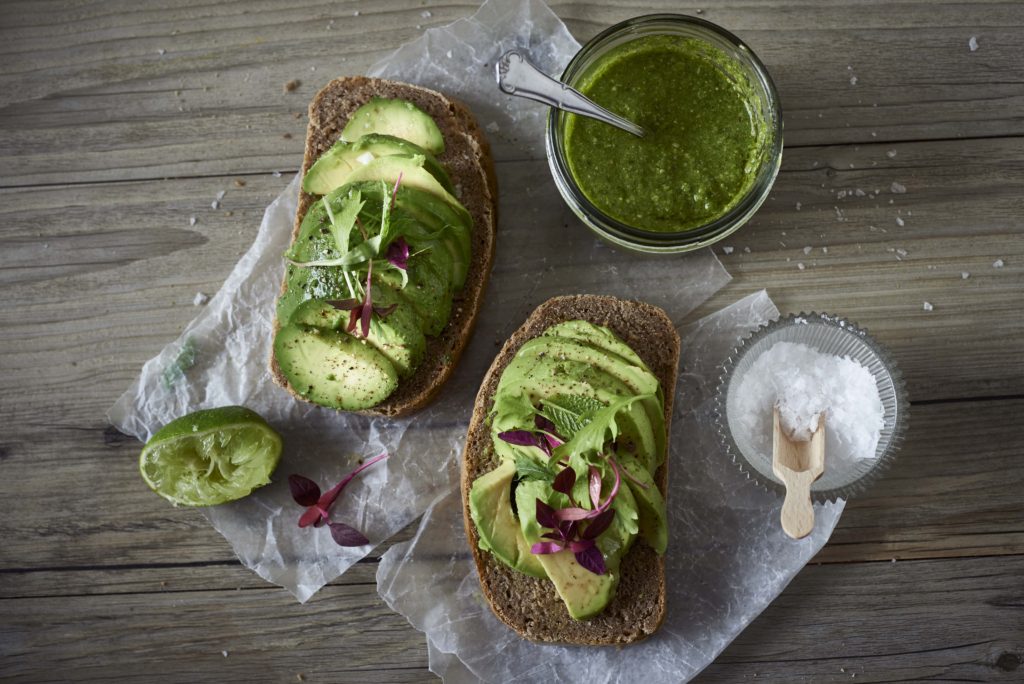
First posted: Nov 23, 2016
Home Made Rye Bread
Making your own bread is a beautiful thing. I think it can’t not be, it’s programmed into our DNA as something ancient and wise and thoughtful. How so few ingredients and such little effort can make your whole house smell magical always leaves me pleasantly astonished.
Ingredients
Cooks in: Serves:4-6
- 650ml lukewarm water
- 20g powdered yeast (or about 35g fresh)
- 1 Tbsp olive oil or melted butter
- 400g good quality wholewheat flour
- 600g good quality rye flour
- 1 tsp salt
What to do
1. In a small bowl, mix together the water, yeast and olive oil, stir and leave to stand until the yeast is activated (the water will start to foam gently). 2. To a large mixing bowl, add the flours. Add the salt on one side of the bowl (you will add the yeast to the opposite side of the bowl – salt and yeast are not friends, so minimise initial contact). 3. Pour in the yeasted water and mix by hand until everything comes together in a rough ball. Knead by hand for 15 minutes until the dough is smooth and elastic, or in a food processor with dough hook attachment. Clean out the mixing bowl and grease lightly with a little olive oil, then return the dough to the bowl, cover with clingfilm or a damp kitchen towel and leave to rise for 8–12 hours (preferably leave on the counter overnight). 4. Once the dough has risen, transfer to a small, lightly greased loaf tin and leave to rise again for another hour. Cut three or four diagonal slices into the surface of the bread just before baking, this will give the bread room to rise in the oven. 5. Bake in a preheated oven at 220 °C for 35-45 minutes, or until the loaf is fragrant, golden and it sounds hollow when knocked gently with your fingers. Notes: Wholewheat and rye flour are, of course, heavier than white, so this bread is quite dense. I probably don’t need to tell you that it’s ridiculously delicious straight out of the oven with cold butter. It’s not ideal for sandwiches, but amazing for toast. I cool the loaf, slice and then freeze in slices so that we can take out what we need when we need it. For a lighter loaf, substitute half white flour (unbleached, stone ground, non-GM). You can also add mixed seeds and nuts if you like, but I tend to prefer the exquisite simplicity of the plainer version. Also, ask your local bakery (or supermarket bakery) for fresh yeast, they often give it away for free, and you’ll notice such a difference. Substitute for dried yeast as explained above. Photo Credit: @CurtisGallon
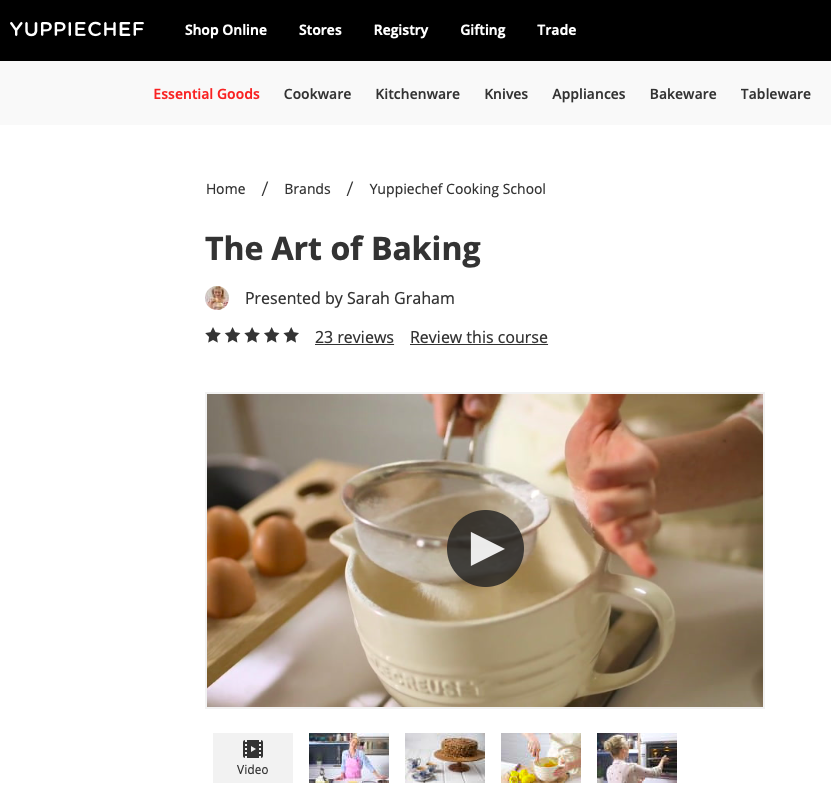
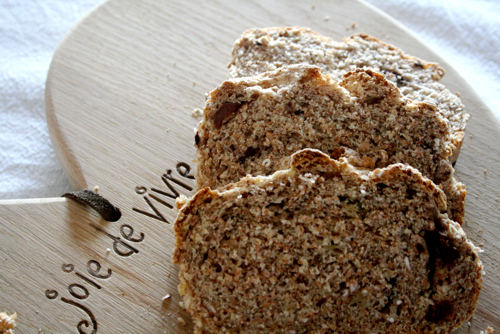
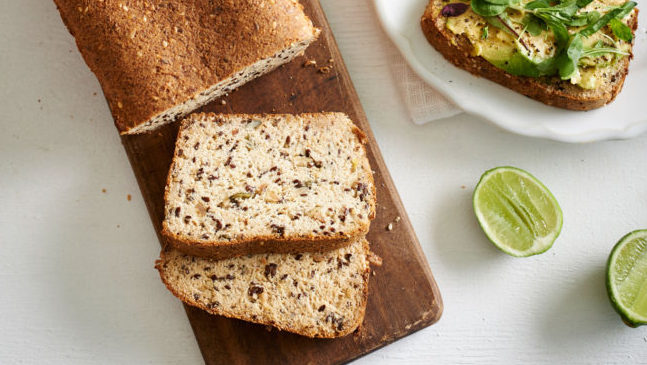 Bread
Bread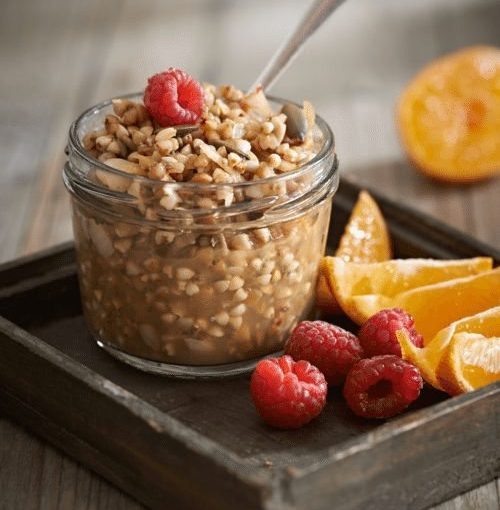 Breakfast and Brunch
Breakfast and Brunch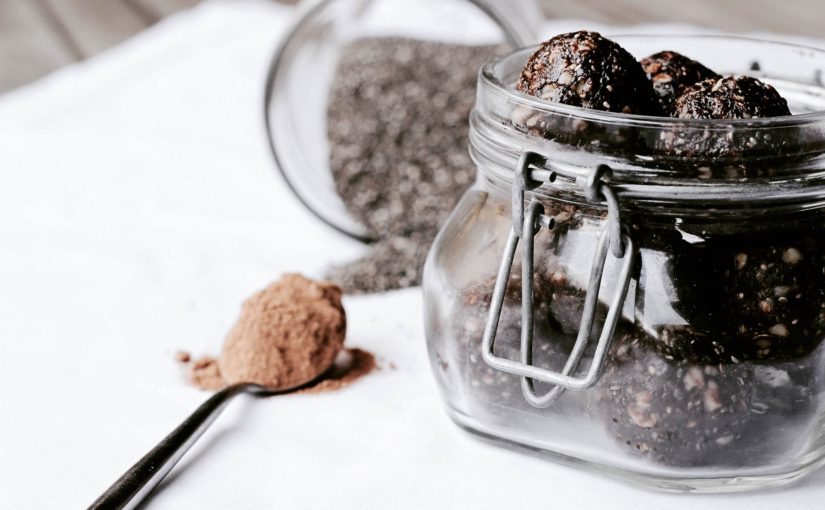 Food Superheroes
Food Superheroes Healthy Favourites
Healthy Favourites






